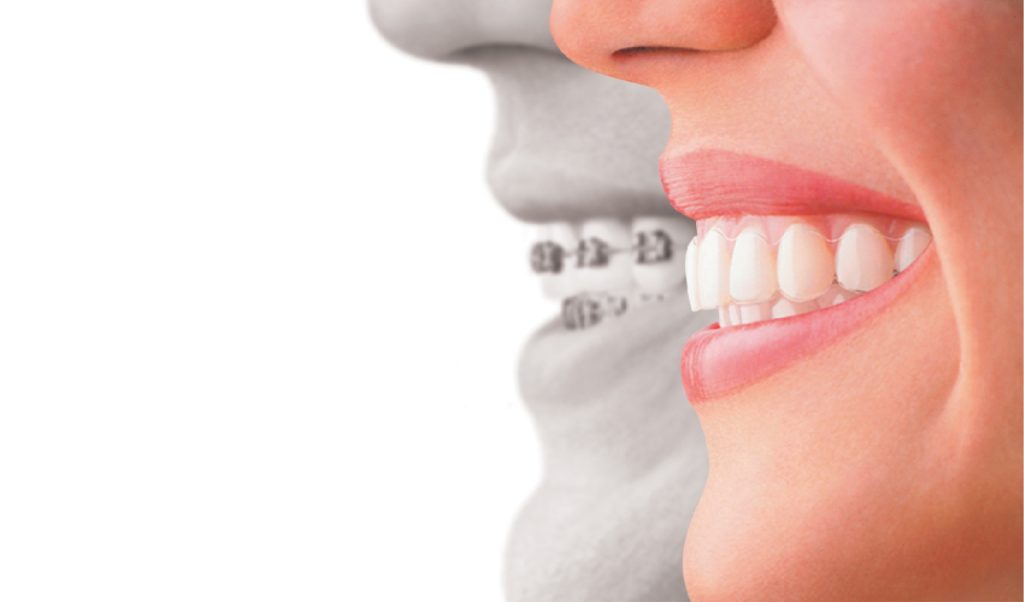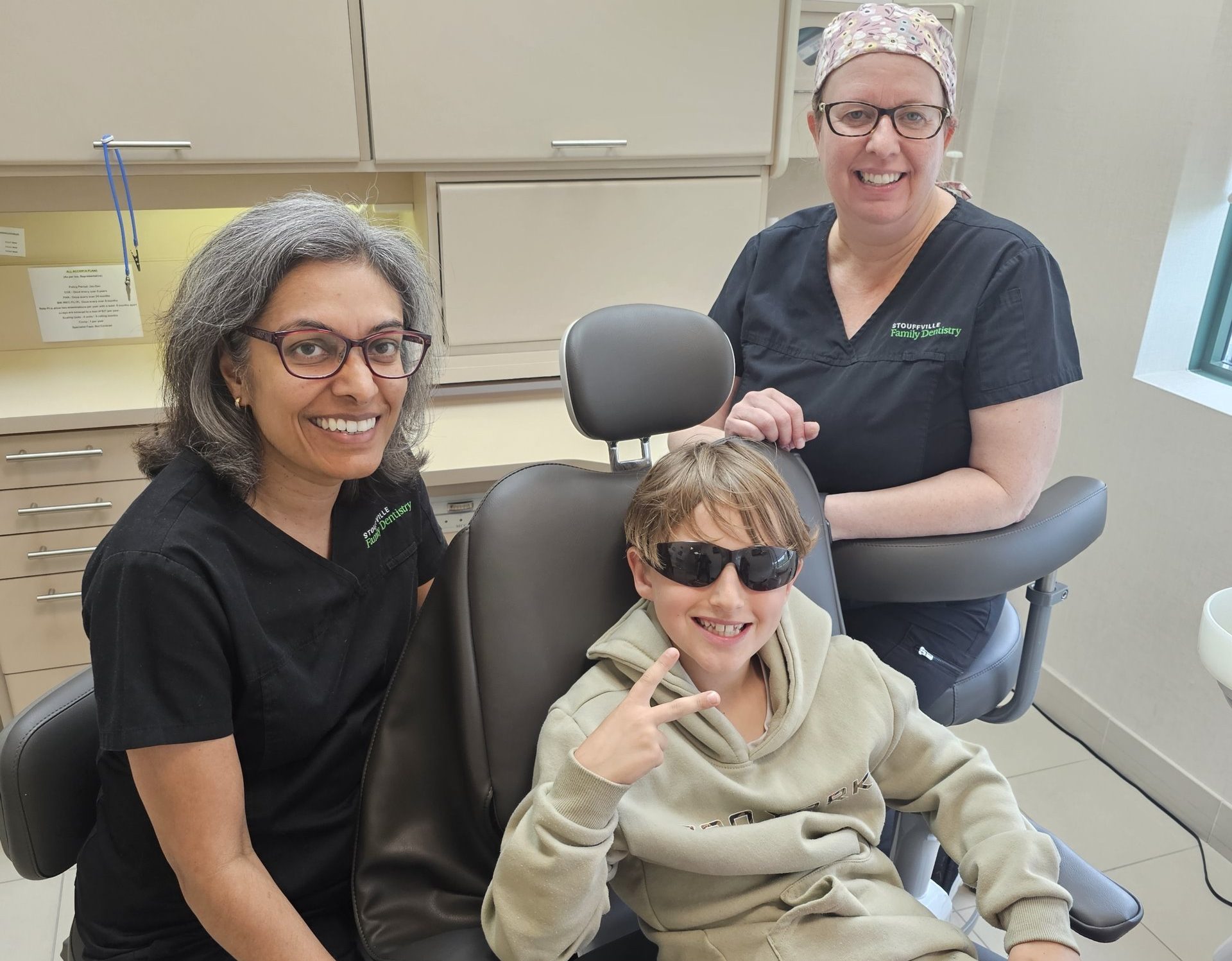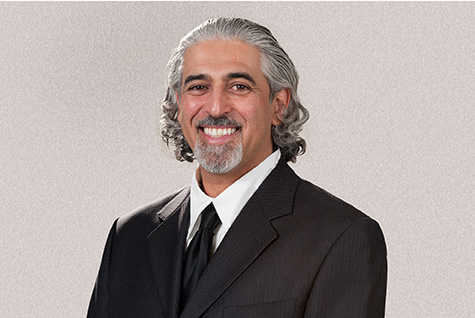Orthodontic treatment has come a long way from the days when metal brackets and wires were the only option. Today, patients can choose between traditional braces and clear aligners like Invisalign. Both approaches are highly effective, but each has unique advantages. The decision often comes down to lifestyle, comfort, and personal goals.
Daily Life: Discipline vs. Flexibility
Clear aligners give you freedom. You can remove them for meals, brushing, flossing, or special occasions. That flexibility is appealing, but it requires commitment as aligners must be worn 20–22 hours per day to maximize effectiveness. If you often forget to put them back in, it can extend your treatment time.
Braces, on the other hand, are fixed to your teeth. There’s no need to worry about daily wear time, they’re working 24/7 until they are removed. For patients who prefer a “set it and forget it” approach, braces eliminate the need for self-discipline.
Cost Considerations
The price of treatment depends on the complexity of your case and the related length of treatment. Clear aligners and braces are often in a similar range, though minor Invisalign cases may cost less due to shorter treatment time.
At Stouffville Family Dentistry, we encourage patients from Stouffville, Markham, Uxbridge, and the wider York Region to book a complimentary consultation. That way, you’ll receive a personalized estimate tailored to your unique needs rather than relying on general price ranges.
Eating With Confidence
Food restrictions are another factor to consider:
- Braces: Sticky candies, crunchy snacks, and hard foods can bend wires or pop brackets loose. Patients are advised to avoid things like caramel, popcorn, hard pretzels, and whole (unsliced) apples.
- Invisalign: Since aligners are removed before eating, you can continue to enjoy your favourite foods. The only caution is to brush or rinse before putting your aligners back in your mouth. This keeps your aligners clear and reduces the risk of trapped food which can lead to cavities.
Staining and Appearance
A common concern with Invisalign aligners is staining.
The aligners themselves resist staining if you clean them properly but drinking coloured beverages while wearing them can cause discolouration. Removing aligners before eating or drinking anything but water keeps them looking invisible!
Examples of food and drink that can stain are:
- Coffee and tea (biggest offenders – tannins easily stain aligners)
- Red wine (deep pigments quickly discolour aligners)
Dark sodas (cola, root beer, etc.)
Sports drinks or juices (especially grape, cranberry, or orange) - Tomato-based sauces (pasta sauces, pizza, chili)
- Curries (turmeric, paprika, and saffron give a yellow/orange tint)
- Berries (blueberries, blackberries, cherries, pomegranates)
- Beets (very strong pigment)
- Soy sauce and balsamic vinegar
Oral Hygiene During Treatment
Whichever option you choose, keeping your teeth clean is critical. Braces create extra nooks where plaque can build up, so brushing and flossing must be meticulous. Tools like floss threaders and interdental brushes make the process easier.
Invisalign aligners simplify hygiene. Since you take them out to brush and floss, you can maintain your regular routine. Just remember to clean your aligners as well—rinsing, brushing gently, or using special cleaning crystals helps prevent plaque buildup.
Treatment Time: Which Is Faster?
- Invisalign: Many patients see results in 6 to 12 months, especially with mild to moderate alignment needs. The precision of digital planning and custom trays often speeds things up.
- Braces: Treatment typically lasts 1 to 3 years, depending on the complexity. While slower, braces can tackle more severe bite problems that aligners may not address as effectively.
It’s important to note that no two smiles are the same. Only a professional evaluation can predict your expected timeline accurately.
Comfort and Lifestyle
Invisalign aligners are smooth and less likely to irritate cheeks or lips. They’re also practically invisible, making them popular among adults and professionals who want subtle treatment.
Braces can cause discomfort after adjustments and are more noticeable, but they remain the most versatile option for complex orthodontic corrections.
Key Benefits of Invisalign at a Glance
-
Nearly Invisible: Much less noticeable in photos or face-to-face conversations.
-
Removable: Makes eating, brushing, and flossing easy.
-
Comfortable: No sharp wires or brackets to irritate soft tissues.
-
Efficient: Digital technology ensures a precise, step-by-step plan for tooth movement.
-
Freedom with Food: No restrictions; just take aligners out to enjoy your meals.
Key Benefits of Braces at a Glance
-
Always Working: No risk of forgetting to wear them.
-
Versatile: Effective for even the most complex orthodontic cases.
-
Durable: Can handle significant adjustments over time.
-
Predictable: Trusted, time-tested results.
Which Option Should You Choose?
If you value flexibility, comfort, and a nearly invisible treatment, Invisalign is your best match. If you prefer a treatment that doesn’t rely on daily discipline, or you need correction for more complex issues, braces may be the way to go.
At Stouffville Family Dentistry, we proudly serve patients throughout Stouffville and York Region who are exploring their orthodontic options. Our team will review your smile, discuss your lifestyle, and recommend the treatment that aligns best with your needs.
Final Thoughts
Straightening your teeth is about more than just looks, it’s an investment in confidence, oral health, and long-term wellness. Whether you choose Invisalign or braces, the end result is the same: a healthy, beautifully aligned smile.
If you’re considering orthodontic treatment in Stouffville or surrounding areas, schedule a complimentary consultation with us today. Let’s find the option that’s right for you!








